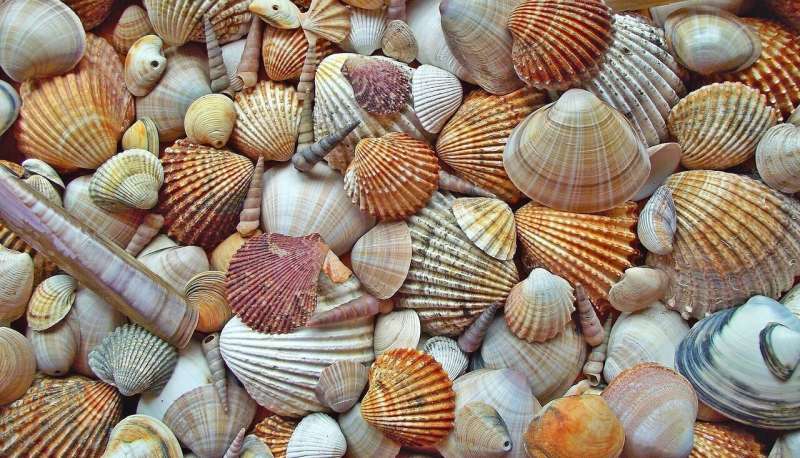Extinction rate in bivalve mollusks is not entirely determined by growth rate

Six geology students alongside a research fellow at the University of Derby have published a new research paper into the growth rate, extinction and survival of seashells.
The study looked at seashells from either side of the North Atlantic that lived 2 to 4 million years ago, immediately before a decline in global temperature which is thought to have been the cause of mass extinction among these and other marine organisms.
The team determined growth rate by measuring the distance between annual growth rings using the methods of sclerochronology, similar to the study of tree rings.
Some seashell species can escape predation and maintain large populations by growing rapidly to a large size, but this is only possible when environmental conditions are suitable for example, under high temperatures, as existed 2 to 4 million years ago. The subsequent cooling could account for the extinction of some exceptionally fast-growing species—these would have been unable to maintain their growth rate and as a result numbers would have been reduced through predation.
The University of Derby research showed, however, that some extinct species were slow growers, while some seashells that survived to the present, for example the American Bittersweet: Glycymeris Americana, grew quite rapidly. Therefore extinction risk was not entirely determined by growth rate.
Adding to the understanding of mass extinction the study also confirmed that it is possible to obtain detailed life-history information from fossil organisms, which only a few comparable studies have supplied previously.
Andy Johnson, Visiting Research Fellow in Sclerochronology at the University of Derby, who led the study said: "The students identified major differences in growth rate between species of fossil bivalve mollusks (seashells), contributing significantly to our understanding of mass extinction among these organisms.
"It was a pleasure to have the students working with me. They rapidly learned the techniques involved, applied them carefully, and produced some great results.
This research was supported by the University of Derby Undergraduate Research Scholarship Scheme which awarded two grants allowing six geology students to be involved in the data acquisition and processing aspects of the research.
This new study has led to a monetary award from the Alexander von Humboldt Foundation for Andy Johnson to complete a three-week stay in Mainz, Germany, to carry out follow-up stable-isotope work.
Jack Spink, now studying a masters in Mining Geology at the University of Oulu in Finland, was one of the students involved in the research.
He said "I was glad for the opportunity that the University of Derby and Andy Johnson gave me. being part of a research scheme as an undergraduate student was a fantastic way of learning.
"Taking part in the data gathering and sample preparation stage all the way through to producing results was fun and exciting.
"It has definitely helped me in my future career prospects as not many undergraduates have the opportunity to co-author a publication at such a young age."
The research will form one of the foundations for an external research fund bid to conduct further sclerochronological research concerning climate change and its impact on marine organisms.
More information: Andrew L.A. Johnson et al. Growth rate, extinction and survival amongst late Cenozoic bivalves of the North Atlantic, Historical Biology (2019). DOI: 10.1080/08912963.2019.1663839
Provided by University of Derby




















